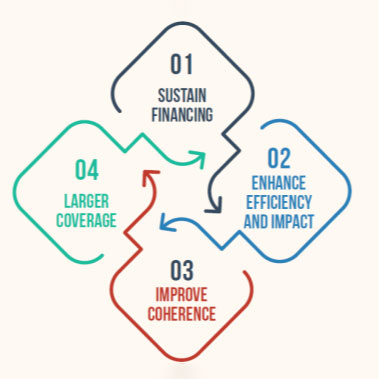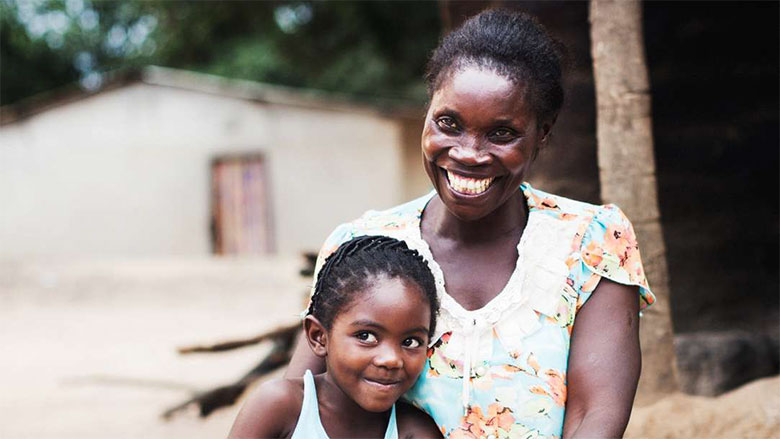November 9, 2021 — While opening the first session of the 13th National Assembly on September 10, 2021, the President of the Republic of Zambia, Hakainde Hichilema, reiterated the government’s commitment to creating a united and prosperous Zambia, to “further enhance the provision of social protection to the poor and vulnerable in our society” and to “enhance the provision of equitable access to economic opportunities to our citizens, especially our youth.”
This commitment reinforces Zambia’s ambitious Vision 2030 goals, aimed at transforming the country into a prosperous middle-income nation by 2030.
This commitment becomes even more critical as Zambia, like the rest of the world, grapples with the COVID-19 crisis. The COVID-19 pandemic has led to a further surge in poverty, food insecurity, loss of livelihoods, and potential loss of human capital in the country.
. “The three pillars of the Social Protection and Jobs sector, social assistance, jobs and economic inclusion, and pensions, all contribute to economic diversification and sustainable growth. Social Protection and Jobs programs also play a critical role in reducing poverty and inequality, and actually help in promoting human capital acquisition,” said Sahr Kpundeh, Country Manager, World Bank.
Evidence from Zambia and other African countries shows that these programs, such as the Social Cash Transfer (SCT), can lead to improvements in household welfare, and help households invest in productive assets and human capital. This in turn has a multiplicative effect on their welfare. In Zambia, evaluations of precursors to the SCT program show that for every kwacha transferred to a beneficiary, consumption increased by K0.67 over and above the value of the transfer itself. The key to achieving positive impact is that cash transfers are regular and predictable.
Zambia has made considerable progress in promoting human capital acquisition. There is a robust policy and programmatic environment, with several SPJ programs aimed at helping the poor and vulnerable cope with crises and shocks, find jobs and invest in the health and education of their children, and protect the aging population.
However, the programs are currently fragmented, underfunded and fall short in meeting the scale and complexity of Zambia’s needs, especially in the aftermath of COVID-19. Although budgetary allocations to SPJ have increased (from 0.68 percent to 1.45 percent of GDP between 2014 and 2021), financial sustainability is a concern as budget allocations go unmet, especially for social assistance programs. At the same time, pension funds perform poorly, posing large fiscal stress which is expected to grow into the future. The sector is also highly fragmented with multiple small programs. This is particularly true for Jobs and Economic Inclusion (JEI) programs that are implemented across seven different ministries and which covers only six percent of the total population of Zambia. Although the key social assistance and JEI programs are progressive in terms of selecting the poor and vulnerable, pensions are inherently regressive as they only benefit those in the formal sector. And programmatic coverage is low vis-à-vis needs. A large share of the poor population is not covered by social assistance, youth are underserved by JEI programs, and the pension system covers only formal sector workers.
As a result, although the building blocks of the SPJ sector are in place, further efforts are necessary to realize its potential transformative impact in Zambia’s broader development goals. The adequacy of program benefits are relatively low (varying quite substantially across types of programs). And while potential program impacts are high, they are likely unrealized due to unpredictable financing or operational challenges arising from the enormity of contextual constraints.
Recommendations

. The formulation of the new Eighth National Development Plan and updating of the National Social Protection Policy provide a window of opportunity for reform.
